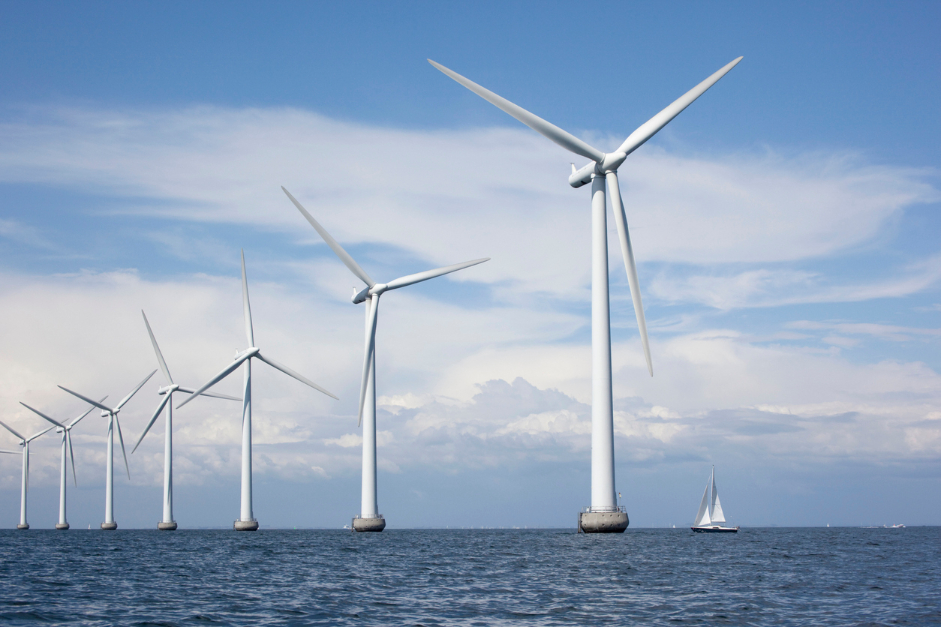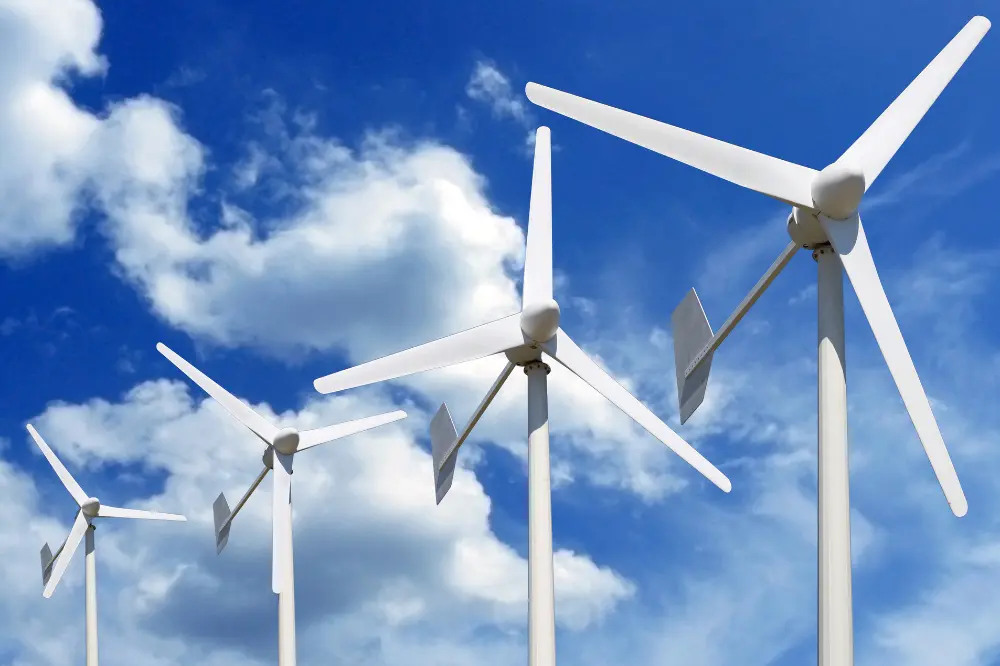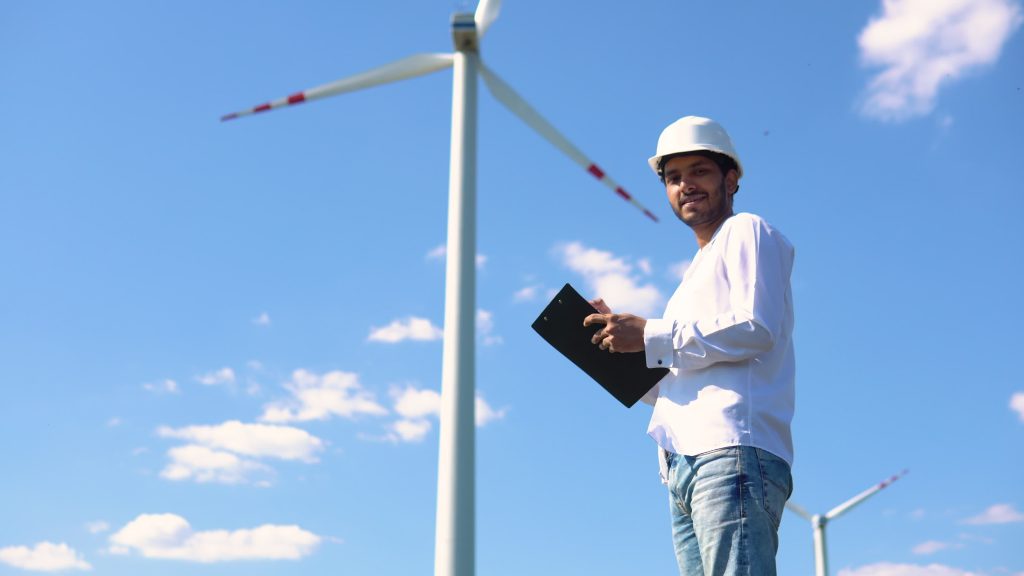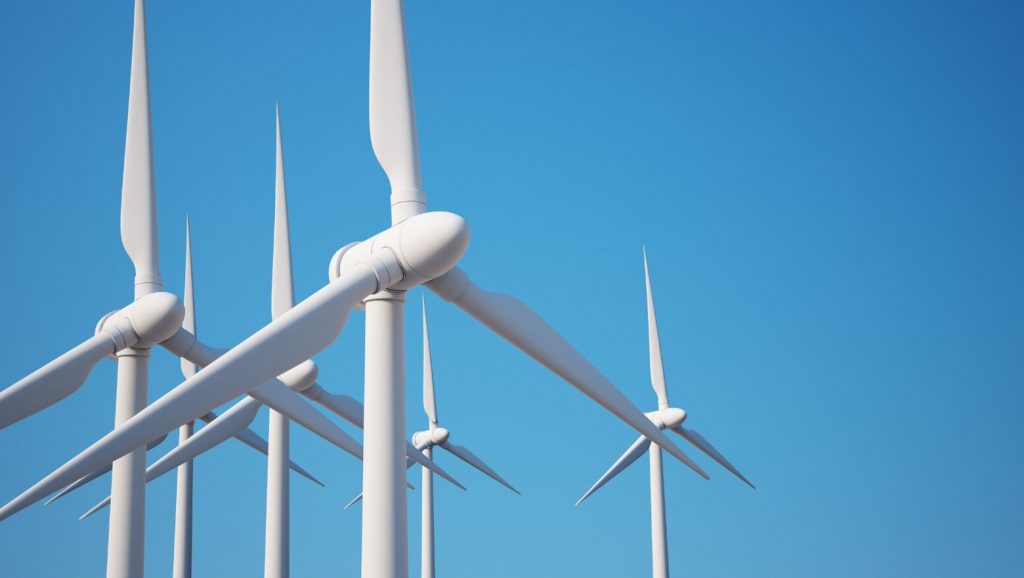Introduction
Wind energy has emerged as one of the leading sources of renewable energy in the world. With the increasing need for sustainable energy solutions driven by climate change and technological advancements, investing in wind energy has become an attractive opportunity for investors aiming to support green initiatives while seeking financial returns. This comprehensive guide will cover the various ways to invest in wind energy, assessment criteria for successful investment, market trends, challenges, and future outlook.
Understanding Wind Energy
Wind energy harnesses the power of wind to generate electricity through wind turbines. The process begins when wind turns the blades of a turbine, which spins a generator converting mechanical energy into electrical energy. Wind farms can be located onshore or offshore, with offshore farms typically yielding more energy due to stronger, more consistent winds.
Investing in wind energy not only contributes to reducing greenhouse gas emissions but also promotes energy independence and job creation in the renewable energy sector. As countries around the globe set ambitious climate goals, demand for wind energy is expected to grow significantly.
Types of Wind Energy Investments

- Direct Investments in Wind Farms
Investors can directly purchase equity stakes in wind farms or finance specific wind energy projects. This direct approach can yield high returns but often requires a considerable capital commitment. Besides financial returns, direct investments also come with risk exposure tied to project performance, regulatory changes, and market fluctuations.
- Wind Energy Stocks
Publicly traded companies that develop, operate, or manufacture components for wind energy projects provide another investment avenue. This includes manufacturers of wind turbines, developers of wind farms, and companies involved in wind energy services. Investing in stocks allows for greater liquidity and diversification as investors can build a portfolio of different players in the industry.
- Exchange-Traded Funds (ETFs)
Wind energy ETFs encompass a variety of companies operating in the renewable energy sector. These funds typically invest in a basket of stocks related to wind energy, allowing investors to gain exposure to multiple companies without committing large funds to individual stocks. ETFs are a practical option for those looking to invest passively while benefiting from expert fund management.
- Real Estate Investment Trusts (REITs)
Some REITs focus specifically on renewable energy properties, including wind farms. Investors can benefit from dividends based on the revenue generated by these properties. Wind energy REITs represent a way to invest without the complexities of direct ownership, offering more liquidity compared to traditional property investments.
- Green Bonds
Governments and corporations issue green bonds to fund renewable energy projects, including wind energy. These fixed-income securities typically offer lower yields than traditional bonds but allow for the financing of wind projects while contributing to sustainable initiatives.
- Crowdfunding and Community Investments
Crowdfunding platforms are increasingly facilitating small-scale investments in wind energy projects. This model enables individuals to contribute modest amounts to fund community-based wind initiatives, fostering grassroots support for renewable energy while providing returns to local investors.
Evaluating Investment Opportunities

When assessing wind energy investment opportunities, it is crucial to evaluate several factors for a more informed decision:
- Location and Resource Assessments
The potential energy yield of wind farms depends greatly on location. Wind speed and consistency are vital factors. Areas with higher average wind speeds generally provide better returns on investment. Conducting thorough resource assessments prior to investment is essential.
- Regulatory Framework
Understand the regulatory environment in the jurisdiction where the wind project is located. Government incentives, tax credits, and supportive policies can significantly impact the financial viability of wind projects. Knowledge of local laws and regulations helps in assessing investment risks.
- Technological Advancements
The wind energy landscape is rapidly evolving, with new technologies improving efficiency and reducing costs. Keep informed about innovations in turbine design, installation, and energy storage systems as they can enhance project viability and returns.
- Market Demand
Analyzing the current and projected demand for renewable energy in the relevant markets is essential. Factors such as energy prices, utility demand, and corporate sustainability commitments play a critical role in determining the success of wind energy investments.
- Financial Stability of Projects
Examine the financial models of potential wind energy investments. Understanding the cash flow projections, operational costs, and funding sources ensures that investments are backed by solid financial plans, minimizing risks of project failure.
Trends in Wind Energy Investment

- Growth of Offshore Wind Projects
The shift toward offshore wind energy is gaining momentum due to the potential for higher energy capture. Investors are increasingly looking into offshore wind farms, which typically offer larger capacity and more stable energy generation.
- Corporate Procurement
Major corporations are setting ambitious renewable energy targets, leading to significant demand for off-site wind power purchase agreements (PPAs). This trend offers new investment opportunities as businesses seek long-term contracts with wind developers, driving market growth.
- Technological Innovation
Advancements in turbine technology and energy storage solutions are enabling more efficient energy production and delivery. Investors can capitalize on companies that are at the forefront of these innovations.
- Diverse Financing Options
As the appetite for renewable energy investing grows, diverse financing structures such as project financing, joint ventures, and third-party ownership are becoming more commonplace, offering multiple paths for investors to engage with the wind energy space.
Challenges in Wind Energy Investment
- Regulatory Risks
The ever-changing regulatory landscape can pose challenges. Sudden shifts in government policies, changing incentives, or reduction in subsidies can impact project viability.
- Market Volatility
Like all investments, wind energy investments are subject to market fluctuations. Price volatility in energy markets can affect project profitability and investor returns.
- Environmental Concerns
While wind energy is cleaner than fossil fuels, potential environmental impacts, such as effects on wildlife and noise concerns, can lead to public opposition and regulatory hurdles.
- High Initial Capital Requirements
Wind energy projects often require substantial capital investment, leading to financial risks if projects do not go as planned or if they exceed budget.
Future Outlook
The future of wind energy investment looks promising. As global commitments to reduce carbon emissions intensify, the demand for clean energy solutions, including wind energy, is expected to surge. Investments in wind energy are likely to play a crucial role in meeting these targets while offering attractive returns.
Furthermore, advancements in technology are anticipated to lower the cost of wind energy production, increase efficiency, and expand the geographic locations suitable for wind farms. With increased corporate purchasing of wind energy and a growing interest among institutional investors, this sector’s growth trajectory looks solid.
Conclusion
Investing in wind energy presents not only the potential for significant financial returns but also an opportunity to contribute to a more sustainable future. By understanding the various investment avenues, evaluating opportunities based on market trends, and addressing potential challenges, investors can confidently navigate the burgeoning wind energy landscape. In this era of climate-conscious investing, wind energy offers a compelling opportunity to align financial goals with environmental stewardship. As awareness and demand for renewable energy continue to grow, those who position themselves wisely in the wind energy sector stand to benefit both economically and socially.
